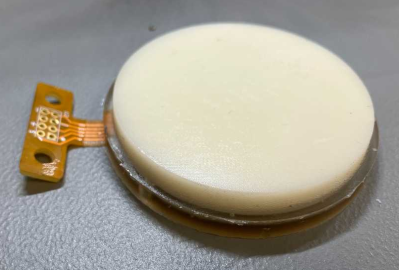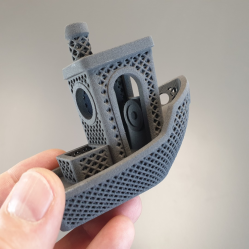In the course of a career, you may run up against projects that get cancelled, especially those that are interesting, but deemed unprofitable in the eyes of the corporate overlords. Most people would move, but [Ron Avitzur] just couldn’t let it go.
In 1993, in the midst of the transition to PowerPC, [Avitzur]’s employer let him go as the project they were contracted to perform for Apple was canceled. He had been working on a graphing calculator to show off the capabilities of the new system. Finding his badge still allowed him access to the building, he “just kept showing up.”
[Avitzur] continued working until Apple Facilities caught onto his use of an abandoned office with another former contractor, [Greg Robbins], and their badges were removed from the system. Not the type to give up, they tailgated other engineers into the building to a different empty office to continue their work. (If you’ve read Kevin Mitnick‘s Ghost in the Wires, you’ll remember this is one of the most effective ways to gain unauthorized access to a building.)
We’ll let [Avitzur] tell you the rest, but suffice it to say, this story has a number of twists and turns to it. We suspect it certainly isn’t the typical way a piece of software gets included on the device from the factory.
Looking for more computing history? How about a short documentary on the Aiken computers, or a Hack Chat on how to preserve that history?
[Thanks to Stephen for the tip via the Retrocomputing Forum!]



















